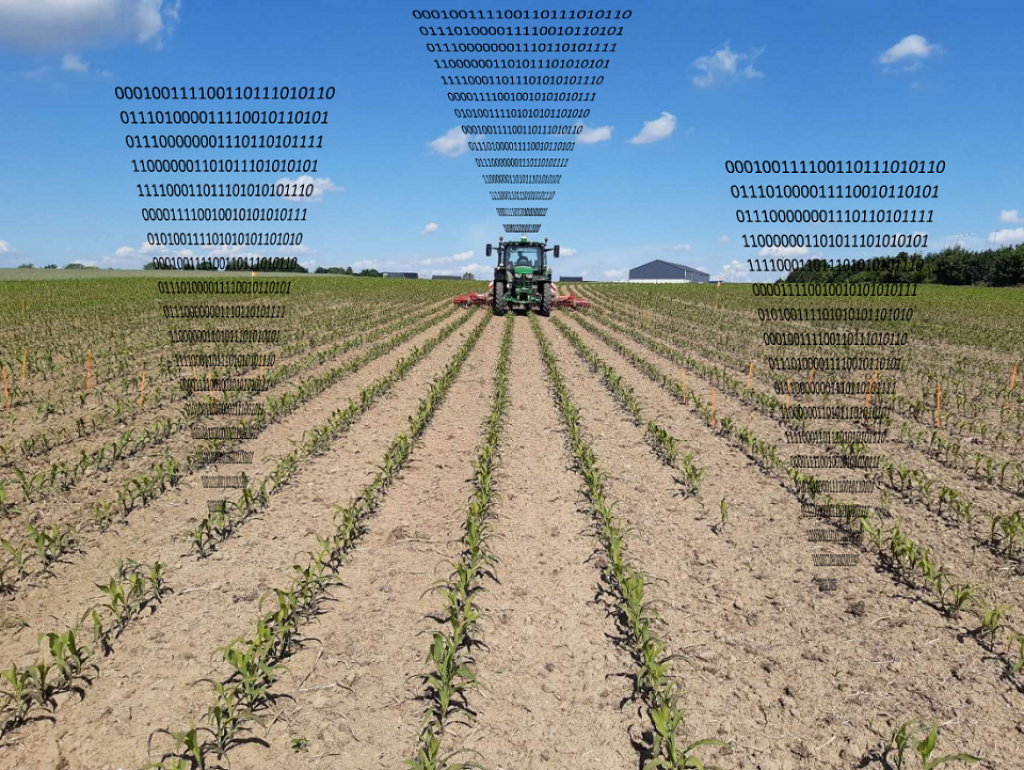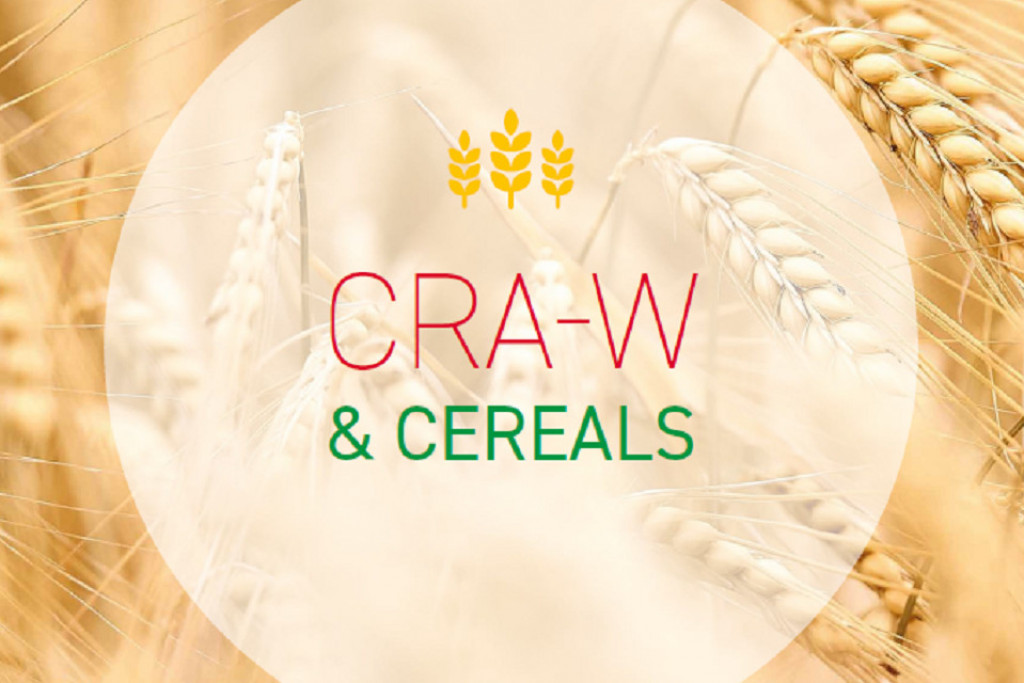What is a CCP? CCPs are diverse and evolving populations - resulting from multiple crosses between several varieties. The parent varieties are crossed pairwise andtheir offspring are mixed to form the founding population. Unlike in the broadly cultivated, perfectly homogeneous pure-line varieties, each plant in a CCP is potentially genetically different from all other one at the field level. Each year, seeds of the previous harvest are sown. As a result, the population evolves year after year, depending on the location where it is cultivated, under the effect of natural selection.
What is the interest? The positive effects expected from this diversity are the adaptability of the population to different environments (through the evolution process) and the yield stability, due to compensation and complementary relationships between plants. This type of material has attracted enough attention in organic farming in recent years to be subjected to a regulation by the European Commission, which concerns ‘the production and marketing of plant reproduction material of organic heterogeneous material’.
Creation of wheat and spelt CCPs. The CRA-W has created two spelt CCPs whose founding populations were constituted in 2020. Additionally, two CCPs resulting from crossing ancient wheat varieties, and aimed at the artisanal bread-making sector, were created as part of a collaboration between the CRA-W, ULB, Biowallonie and Li Mestère. These populations are currently evolving in different environments in organic farming. One of the wheat CCPs is also evolving under drought stress, as part of a research collaboration with UCLouvain.
Research questions. In addition to evaluating the performance of these populations (yield, disease tolerance, canopy cover, baking quality, etc.), research is also being conducted on the evolution of the phenotypic and genetic diversity of these populations at both aerial and root levels as part of Master and PhD theses co-supervised by CRA-W.
Image: Diversity of a spelt CCP












